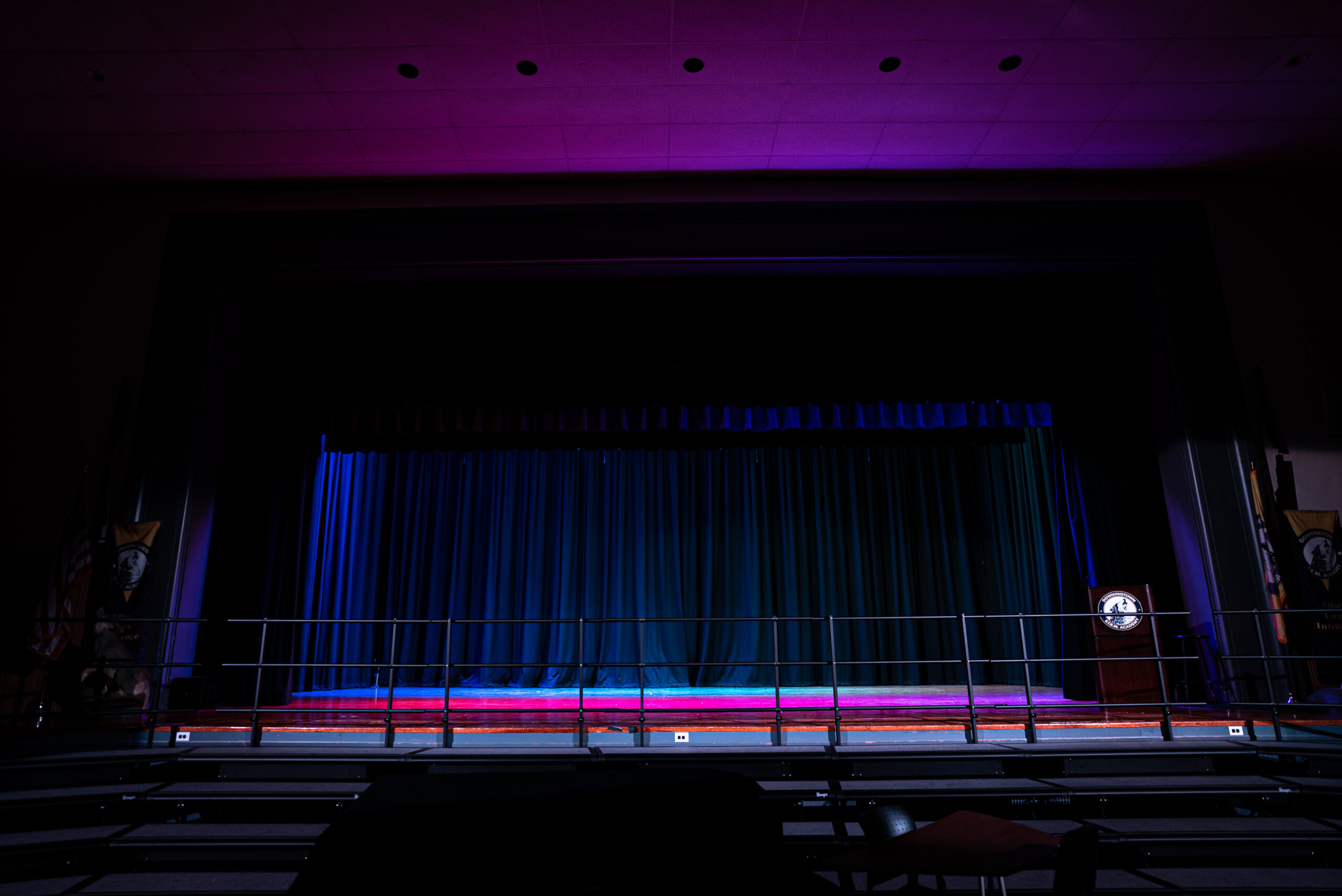

When you stop to think of any memorable play or performance you’ve ever attended, you think of two major stimuli — light and sound. And while you may first recall an actor’s heart-stopping soliloquy or a perfectly harmonized musical duet, your emotions were almost certainly already moving along the director’s intended path by means of carefully chosen lighting techniques.
Historically, the importance of stage lighting has been so central to the purposes of public performance that even today our word for being at the center of attention — “in the limelight” — comes directly from the early 19th-century practice of brightly illuminating London’s West End stages by means of heated chunks of limestone. And even nowadays, when attending a play, the use of lighting is so ingrained in our subconscious that we know immediately when it’s time to shift our attention to the next scene or next featured character.
Clearly, stage lighting is an important technological feature of any successful performance space – from full-time performance venues to school stages and house of worship services. But the question remains: given each space’s unique purpose and budget, how do you get the right stage lighting for your venue?
To answer this question, it’s helpful to first consider some important factors:
To get a stage lighting system that works correctly for your space, it’s important that you work with a professional audio, visual and lighting (AVL) company like Illuminated Integration.
With our full-service design/build AVL approach, we employ in-house creativity and experience to help you make the right decisions for all of your stage lighting needs. We put our project and industry experience to work for you. That’s why we never offer recycled solutions, but instead — through carefully listening to your needs and expectations — deliver tailored lighting solutions that perform.
Fill out our quick contact form now to discover the full potential of a stage lighting system designed to fit both your space and budget.